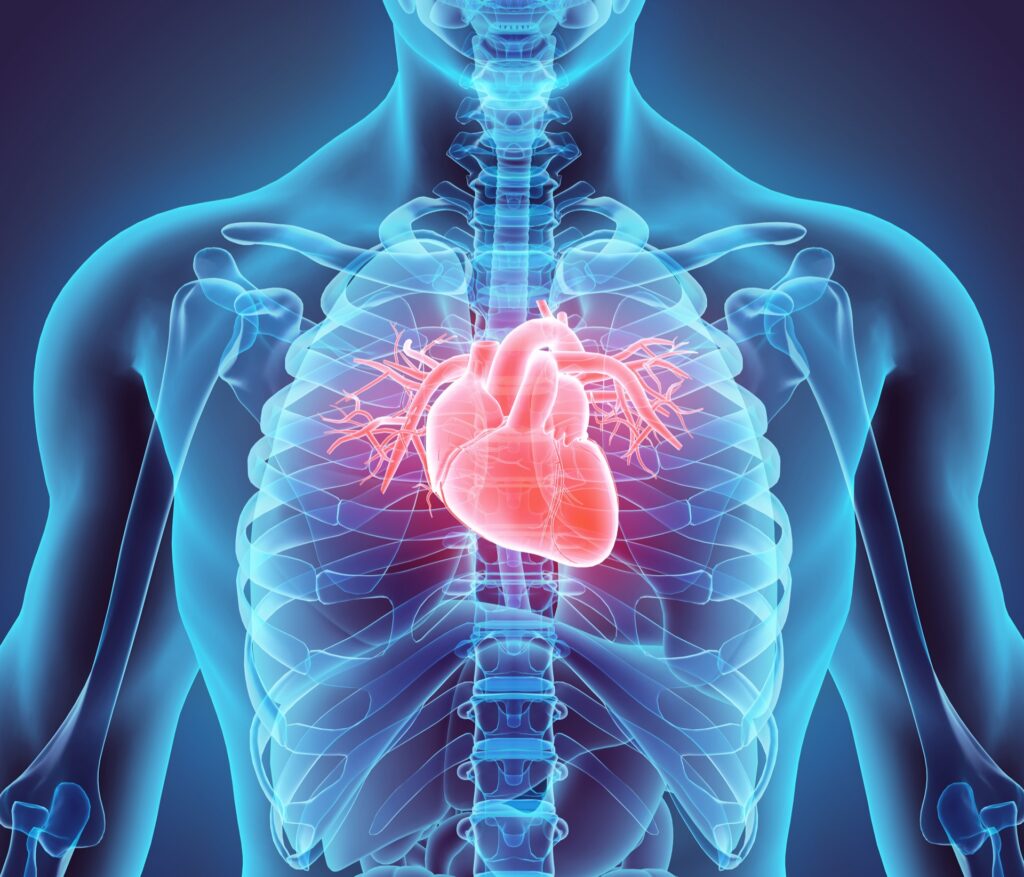Coronary Risk and Treatment: Differences Between Men and Women

Research is identifying sex differences in heart disease that may help fine-tune prevention, diagnosis, and treatment in women. Harvard Medical School offers the following examples: 1. Blood lipids. After menopause, women have higher concentrations of total cholesterol than men do. And elevated triglycerides also contribute to cardiovascular risk in women. Low HDL and high triglycerides […]
Baby, It’s Hot Outside: Tips on Staying Hydrated

Drinking fluids is crucial to staying healthy and maintaining the function of every system in your body, including your heart, brain, and muscles. Fluids carry nutrients to your cells, flush bacteria from your bladder, and prevent constipation. Here are answers to some important questions regarding monitoring and maintaining proper hydration when the temperatures start to […]
60% of Americans with Diabetes Skip Annual Sight-saving Exams

People with diabetes are at increased risk of developing serious eye diseases, yet most do not have annual eye exams, according to researchers at Wills Eye Hospital in Philadelphia. The investigators found that more than half of patients with diabetes skip eye exams. They also discovered that patients who smoke—and those with less severe diabetes […]
Upsetting Body’s Daily Rhythm Triggers Growth of Fat Cells

New research lends some insight as to why chronic stress and sleep deprivation are linked with obesity. Cortisol, a stress hormone, is normally released in regular bursts throughout the day while we are awake. This occurs as long as a normal circadian rhythm is maintained. If cortisol is released for long periods of time, such […]
Teen Dietary Choices May Influence Breast Cancer Risk

Statistics indicate that the average woman in the United States has a one in eight chance of having breast cancer by age 85. At the beginning of teenage female sexual development, when the breast cells are dividing, some substances may dramatically increase the chance for cancer later in life. In a study, more than 40,000 […]
Sustained-release Peppermint Oil Relieves Irritable Bowel

In a manufacturer-sponsored trial of drome, participants experienced a relief from symptoms after taking a peppermint-oil formulation designed for sustained release in the small intestine. Patients with a moderate amount of daily abdominal pain were randomly assigned to receive peppermint oil or a placebo. They were instructed to take the substance three times a day […]
Spicy Foods Associated with Longer Life

Harvard Health Letter, November 2015—There’s no magic pill you can swallow to make you live longer, but what about food? A study from the Harvard School of Public Health published Aug. 4, 2015, in British Medical Journal found that people who ate spicy foods almost every day had a 14- percent lower risk of death […]
Soup Can Help Cut Calories at Meals

Eating a low-calorie soup before a meal can help reduce the amount of food and calories we eat at the meal, a Penn State University study shows. In the study, when participants ate a first course of soup before a lunch entrée, they reduced their total calorie intake at that meal by 20 percent, compared […]
Parents Have Mistaken Beliefs About Sugary Drinks

It is well known that sugary drinks are associated with obesity. A child is 60 percent more likely to become obese for every 8 ounces of a high-sugar drink consumed in a day. What some parents do not know is how many drinks are filled with sugar. In a study funded by the Robert Wood […]
Noshing on Nanos

Nanoparticles are so small that they are measured on the nanoscale. They are smaller than a cell and even most viruses. Sizes range between 1 and 2,500 nanometers (nm.): fine (100 to 2,500 nm.) and ultrafine (1 to 100 nm.). Particles this small often behave differently than their larger counterparts. Though very small, nanoparticles can […]
Normal Weight Does Not Guarantee Freedom From Heart Disease

Researchers looked into an alternative method of determining the risks of cardiovascular disease. Using data from the National Health and Nutrition Examination Survey, they sought to determine whether there was a link between heart disease and those who had central (abdominal) obesity but also had a normal body mass index (BMI). More than 15, 000 […]
Mother’s Weight in Pregnancy Shapes Child’s Health

Obesity rates in women are soaring. Nearly 38 percent of the female population in the U.S. is obese. Over half of all women in their childbearing years are overweight or obese, and 8 percent of over- weight women are considered extremely obese. Excess weight causes many internal problems. The immune system can become inflamed and […]


